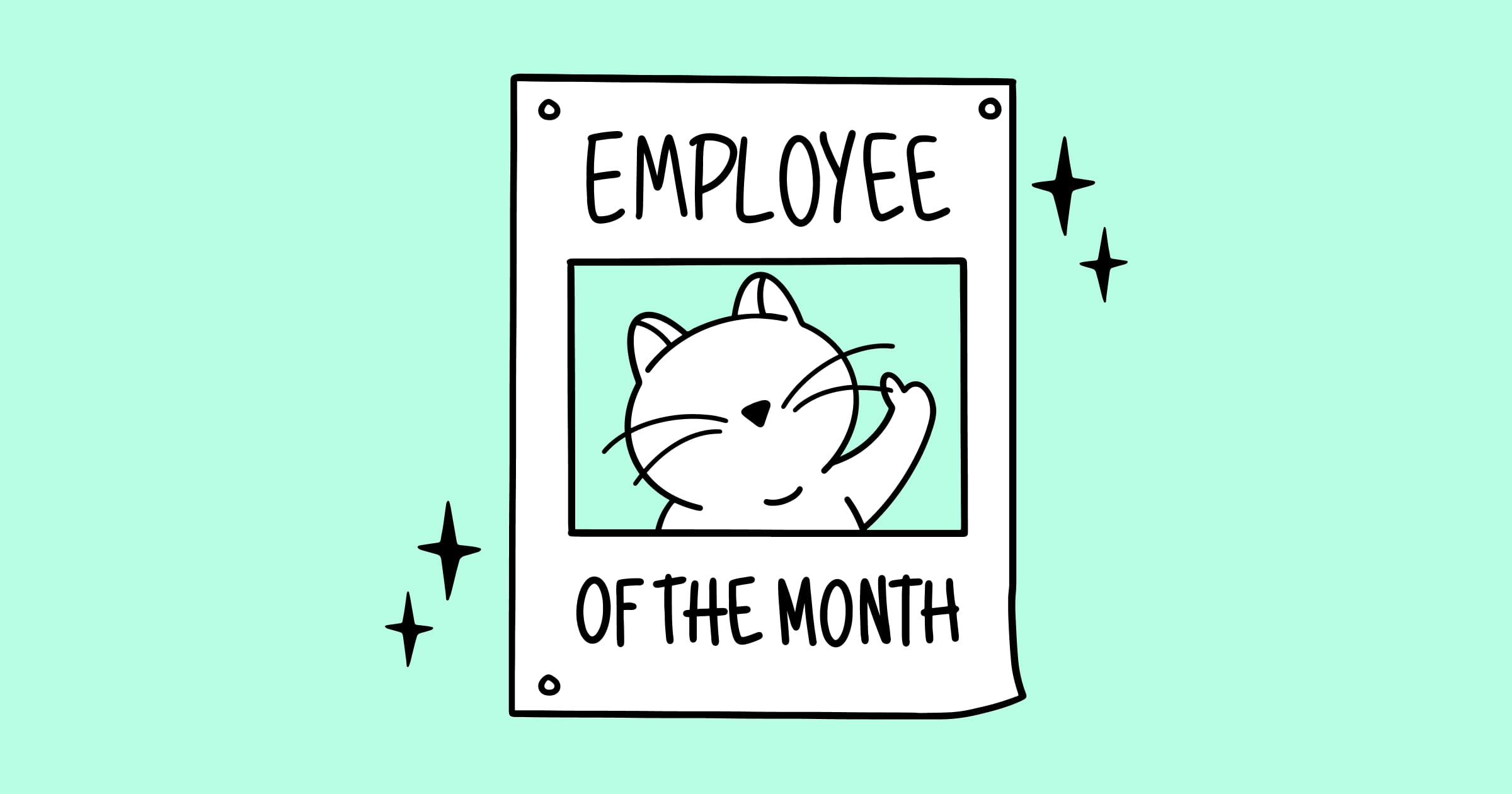January 4, 2022

55% of companies say they need help with basic people analytics, found the study.
Employee experience, people analytics, internal recruiting and a multi-generational workforce, according to a report published on January 22, 2020, by LinkedIn, the social network for professionals.
The Global Talent Trends 2020 report surveyed more than 7,000 talent professionals in 35 countries between August and September 2019, and used LinkedIn data and insights from interviewed experts to draft advice on how businesses should act on these trends.
These trends will complement – not erase – workplace trends mentioned in the network’s earlier reports such as a move by businesses to embrace artificial intelligence, diversity and soft skills and work flexibility, wrote LinkedIn’s Mark Lobosco in a blog.

Employee experience (not to be confused with employee engagement) is defined as: “Everything an employee observes, feels, and interacts with as a part of their company.”
Improving employee experience can increase employee engagement, and help companies attract and retain the best talent.
Ninety-six per cent of talent professionals surveyed said that employee experience was becoming more important, according to the report. But companies clearly still have a long way to go on that front given that only 52% of talent professionals reported that their company provided a positive employee experience.
The top five areas for improvement are compensation and benefits, simplified administrative processes, open and effective management, intuitive tools and technologies and ongoing employee training.

“People analytics uses data to measure and improve HR and hiring operations. It can include practices like tracking hiring performance, identifying flight risks, and strategic workforce planning,” according to LinkedIn.
The study found that though 73% of talent professionals surveyed said people analytics will be a major priority for their company over the next five years, 55% companies said they still need help with basic people analytics.
It said the five most popular people analysis practices up to 2025 are:
It’s worth pointing out here that experts have pushed for a broader adoption of people analytics, at the workplace, saying that it must go beyond just HR. Besides using the data to understand their workforce, experts have said companies could also draw insights on things that can have an impact on business performance such as productivity in teams, risk of fraud, or even improving product quality and customer satisfaction. All this, of course, must be done keeping data privacy concerns in mind.
When businesses fill vacancies from their existing workforce – perhaps from another team, department or location – it is known as internal recruiting.
Internal recruiting has several benefits. One, it accelerates the hiring process. Two, the new hire is faster off the blocks as compared to an external hire. Three, internal hiring improves employee retention and builds loyalty.
This trend has been on the upswing, according to HR experts, mainly because it’s increasingly becoming difficult for companies to find competent candidates with the right skill sets.
73% of hiring managers surveyed said internal recruiting is increasingly important to their company, said the LinkedIn report.
The professional network’s internal data shows that 41% employees stay an average of 41% longer at companies with high internal hiring vs those with low internal hiring, while internal recruiting has increased by 10% since 2015.
The top three challenges to internal recruiting, according to the report are:
This is a workforce in which people cutting across generations – baby boomers, Gen X, millennials and Gen Z – work together, bringing their own unique strengths to the workplace.
The report said 89% of talent professionals said a multigenerational workforce makes a company more successful.
It said each of these generations value different things at the workplace:
Baby Boomers (age 55-73): A purposeful mission.
Gen X (age 38-55): Inspirational colleagues and culture.
Millennials (age 23-38): Inspirational colleagues and culture.
Gen Z (less than 23 years): Training.

The difference in age and outlook sometimes gives rise to conflicts, which usually rise with regard to management style, work-life balance expectations and communication style.
Significantly, the study found that millennials have a 34% shorter than average tenure at organisations while Gen X have a 22% longer than average tenure, even higher than baby boomers (18% longer than average).

Subscribe to our newsletter to receive MuchSkills insights directly in your inbox. Don't worry we will respect your inbox

A practical look at how skills visibility, fair evaluation, and growth-focused conversations reshape the employee experience.

By revealing hidden talent and optimising workforce deployment, skills visibility democratises opportunities and boosts employee engagement and retention.
